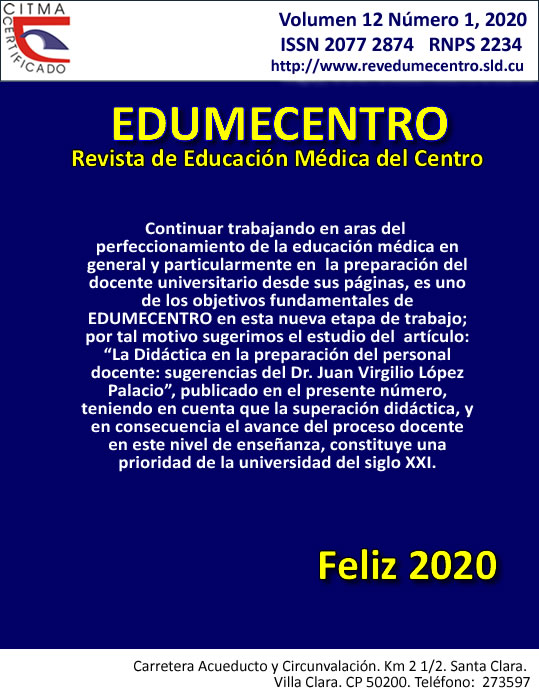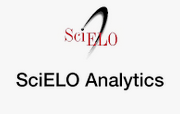Factores relacionados con la retención de los contenidos de Genética Médica en la formación médica
Palabras clave:
Genética, aprendizaje, estrategias, educación médica.Resumen
Fundamento: la asimilación de los contenidos de la asignatura Genética Médica requiere un aprendizaje significativo para responder a las exigencias del modelo del profesional y al acelerado desarrollo de la propia ciencia.
Objetivo: identificar los factores que dificultan la asimilación de los contenidos de Genética Medica en estudiantes de Medicina.
Métodos: se realizó un estudio descriptivo transversal en la Universidad de Ciencias Médicas “Dr. Zoilo Marinello Vidaurreta” de la provincia Las Tunas, durante el curso 2016-2017. Se emplearon métodos teóricos: análisis-síntesis, inductivo-deductivo y sistémico-estructural; y empíricos: prueba pedagógica, encuesta en forma de cuestionario y entrevista de carácter grupal, los que contribuyeron a la fundamentación y elaboración de los resultados.
Resultados: se constataron dificultades en la retención de los contenidos de Genética Médica en los estudiantes; se reconocieron como factores que inciden los inadecuados métodos y medios de enseñanza, insuficiencias de bibliografía y su complejidad, y la descontextualización de las situaciones problémicas con las del futuro desempeño profesional.
Conclusiones: los factores que dificultan la asimilación de los contenidos de Genética Médica están condicionados por la deficiente utilización de estrategias de enseñanza aprendizaje, en las que deben predominar métodos activos y medios de enseñanza novedosos y motivadores.
Descargas
Publicado
Cómo citar
Número
Sección
Licencia
Los autores que publican en esta revista están de acuerdo con los siguientes términos:- Los autores/as conservarán sus derechos de autor y ceden a la revista el derecho de primera publicación de su obra, el cuál estará simultáneamente sujeto a una Licencia Creative Commons Reconocimiento-NoComercial-CompartirIgual 4.0 Internacional (CC BY-NC-SA 4.0) que permite a terceros compartir la obra siempre que se indique su autor y su primera publicación esta revista.
- Los autores pueden establecer por separado acuerdos adicionales para la distribución no exclusiva de la versión de la obra publicada en la revista (por ejemplo, situarlo en un repositorio institucional o publicarlo en un libro), con un reconocimiento de su publicación inicial en esta revista.
- Se permite y se anima a los autores a difundir sus trabajos electrónicamente (por ejemplo, en repositorios institucionales o en su propio sitio web) antes y durante el proceso de envío, ya que puede dar lugar a intercambios productivos, así como a una citación más temprana y mayor de los trabajos publicados (Véase The Effect of Open Access) (en inglés).









